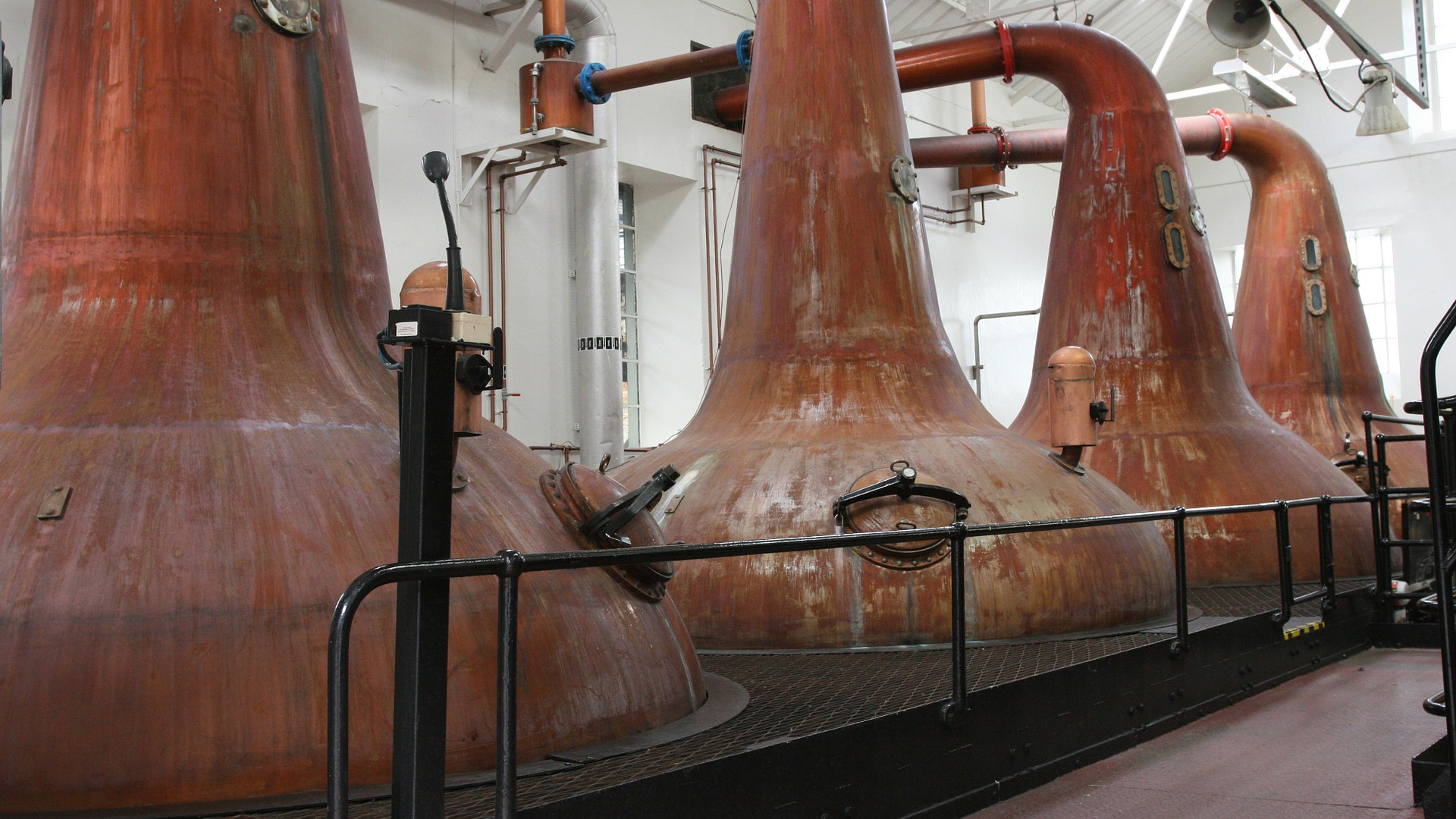If Mr. Aeneas Coffey, the inventor of the first patented two column continuous still in 1830, would have known that almost two hundred years later there would be more than eighteen different models of stills (all of them being part of the discontinuous and continuous system), he would be in awe. Even more than that, if someone would tell him that the only spirit who uses this huge range of stills in its distillation process is none other than Rum, he simply would not believe it.
Rum is the richest spirit in every sense. Its raw material complexity gives the opportunity for unique fermentations (with all its singular techniques); the largest use of particular stills which allows exceptional aroma extraction; and of course the use of all three ageing systems in tropical climates which gives the speediest evolution inside the barrels. However, let’s go back to basics very quickly to understand the topic of this article.
To make the concept simple, the information you have to keep in mind is that “distilling” means “extracting” the primary aromas (from raw material) and secondary aromas (congeners from fermentation) in addition to the ethanol (ethylic alcohol after condensation) concentration. The way you “extract” and “concentrate” will determine the quality of the spirit. In my last article, we talked about how important the fermentation is to creating the right aromatic profile for the subsequent extraction through distillation. Now let’s talk about the importance of distilling.
In distillation there are two systems: continuous and discontinuous. Discontinuous is about “time” (you decide when to “cut” the head, heart and tails); Continuous is about “position” (you choose from which plate you want to extract the alcohol and volatile aromas). Inside of these two systems there are more than eighteen different “still designs”. All of them are unique and particular except one: the industrial multi-column. This continuous multi-column distillation system purifies the spirit regardless of the raw material from which it comes. That is why it doesn’t matter if it’s potatoes, grain, grapes, sugarcane or beetroot. You will not notice the difference if the spirit was distilled through an industrial multi-column!
The consumers think the more times the spirit is distilled the better it is. I say the more times the spirit is distilled, the poorer its profile is. Being “neutral” is not a good thing, especially for spirits such as Rum, Whisky or Cognac. Even the Vodka category, which claims to be neutral, is using different essences, sugar or glycerol to give some character to its profile.
But coming back to Rum, it is a combination of the right fermentation and distillation which will give more or less a range of aromas to the spirit. You can do the best “medium” (36-72h) fermentation or even “long” one (72h<), but if you distill through industrial multi-column, you kill all the flavors. On the other side, you can have the best traditional continuous still or a beautiful pot still but if your fermentation was industrial (> 24h), your spirit will be aromatically poor.
Just to understand the differences between the distilling systems, let’s Imagine we use the same ferment and we distill two profiles: one through pot still and one through a column still. The pot still will give us more oiliness due to its huge volatile range extraction (the molecules are stuck to one another causing “dirtier” extraction). On the other hand, the column still, with its rectification plates, will offer more precision in the volatile aromas extraction but the aroma range will not be as big as the pot still result.
Each distilling method has its strengths and weaknesses. This is why “hybrid” stills appeared in the last few years, using the best of each system. For example, pot stills with an external or internal plates column are used not only in Rum but also in fruit spirits production or the Italian Grappa industry.
The producers have an infinite range of choices to produce their distinctive and unique Rum profile. As you can see you never stop learning about this fantastic spirit category.
Now we know a bit more about the rum distillation process, but, what about the next steps? What about the magical world of ageing? We will discover some of the secrets in my next article.
Read Chapter 1 in this series: The Three Rum Revolutions And The Beginnings Of Rum
Read Chapter 2 in this series: Rum: The Sugarcane Journey
Read Chapter 3 in this series: Rum: Fermentation Craziness


